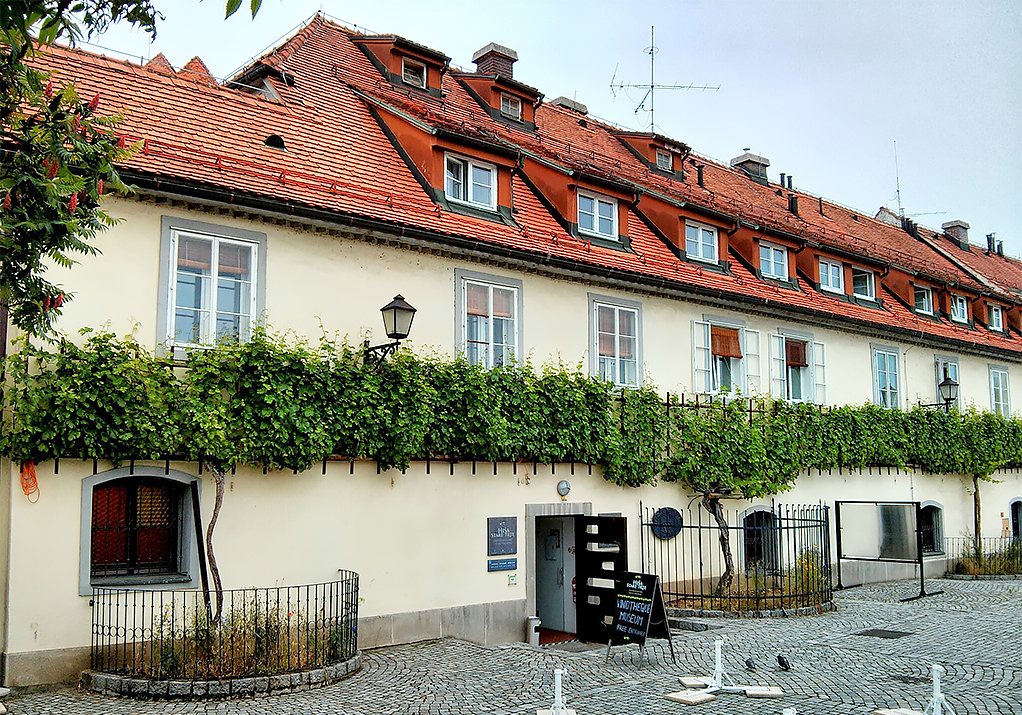You likely have seen the description “old vine” on a wine label. What exactly does that mean and is it important?
“Old vine” does not have a legal meaning, but generally in the wine world an “old vine” is a vine that is 35 years old. Thirty-five may not seem old, but in the wine world vines are their most productive between age three and 35. After that, vines produce looser clusters with thicker skins. If your goal is quantity, that is not a good thing. It is common practice in many vineyards to replace vines after 35 years.
Old vines, however, trade quantity for quality. Wine growers experience benefits from that tradeoff. Old vines have much deeper root systems, enabling them to survive water shortages. They are more resistant to weather, insect, disease and other stressors.
With climate change a major concern throughout the wine world, those qualities of old vines make them increasingly attractive. Thicker skins help buffer the effect of global warming. Deeper roots help in drought. And, with premiumization and the shift toward quality, old vine grapes become more valuable because they often make better wine.
The Old Vine Conference is a London-based international organization dedicated to celebrating old vines and building an international database of old vines. It began with efforts by Jancis Robinson, England’s premier wine writer, and has U.S. support from Jackson Family Wines. I recently participated, via Zoom, in their annual conference attended by wine professionals from all over the world and included presentations by wine experts from all over the world. Much of my old vine content in this column derives from the eight hours of that conference and that organization.

Some interesting old vine notes:
• The oldest producing wine vine in the world is more than 400 years old. It is in Slovenia and was planted against the town wall at the end of the Middle Ages during the Turkish invasions.
• The age of the vine’s roots qualify it as old vine. On the Greek island of Santorini, new shoots are grafted when production declines, but they are grafted onto roots that are well more than a century old.
• The Lodi, California, AVA is the best-documented and likely has the highest concentration of old vines—mostly zinfandel—in the United States.
• Australia, Argentina, Chile, and South Africa have high numbers of documented old vines. Old World vineyards surely have many old vine vineyards, but reporting to the Old Vine Conference lags behind the rest of the world.
Last round: How did Viking ships communicate with each other? Norse code. Wine time.

